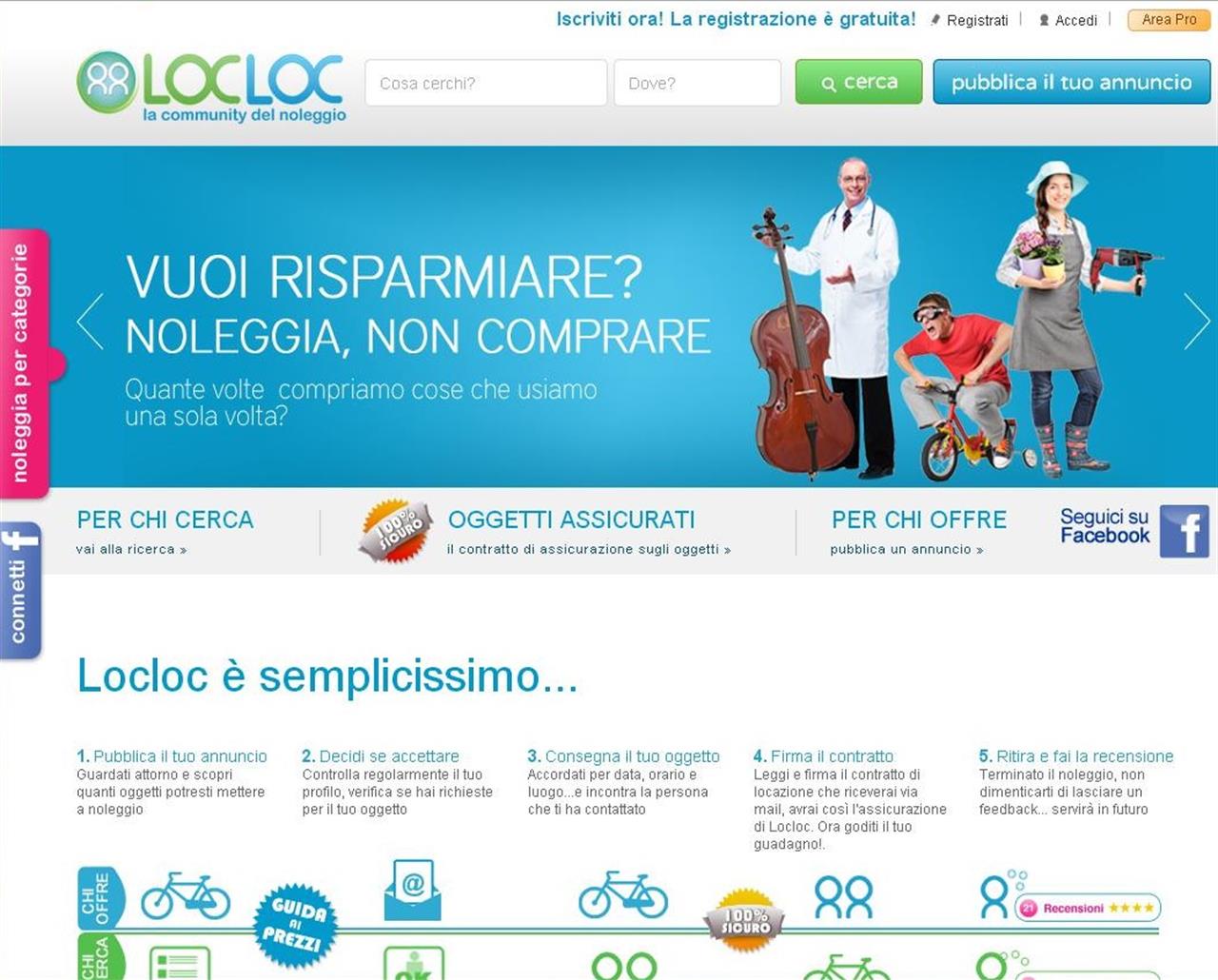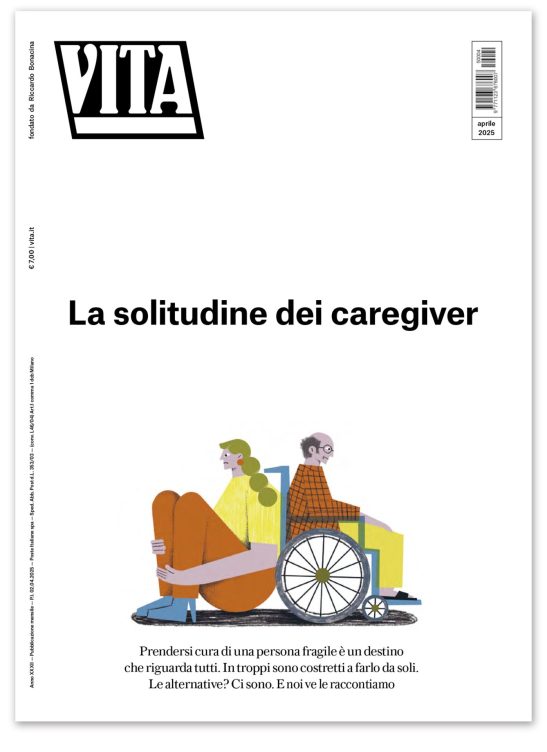Loc Loc: stop buying start sharing!
A peer-to-peer rental website allows you to share the things you don’t need with your neighbours and make some money out of it

It’s not just another anti-crisis strategy, LocLoc, the Italian peer to peer rental website , it’s much more than that. The project is actually about Smart Consumption and it seems to incarnate the full spirit of the Less is More philosophy, which has never been more popular as in the “Sharing Economy” era, because optimizing means giving more value to the things you already have. Founded by Italian designer and startupper, Michela Nose, 36 years old, Loc Loc allows users to rent their belongings to others.
“The idea is to pay something for the real use that you make of it”, says Nose who first found out about peer to peer rental websites during a working trip in the US.
“I needed a projector and someone told me that the smartest thing to do was going through a web site where you could rent things directly from their owners. I loved how easy the process was and the sense of trust on which it was based. I realized that something like this could work even here in Italy, when I became a mom and I found myself using baby clothes and toys just for a few months.”
Launched last March, LocLoc keeps a 20 percent percentage on each transaction. Today it counts 4.800 users and an archive of over 1.200 objects, from ladders to drills, to more unusual objects such as the fog machine for parties. With a peak of 50 rents a month, last summer, LocLoc is slowly growing but the figures are still small when they are compared to the 3 thousand loans of Zilok, the French web site, which is the leading peer-to-peer rental website in Europe. Michela Nose however is optimistic: ““Zilok was born in 2008 and it’s now very popular. LocLoc is very new but it’s growing really well”.
Si può usare la Carta docente per abbonarsi a VITA?
Certo che sì! Basta emettere un buono sulla piattaforma del ministero del valore dell’abbonamento che si intende acquistare (1 anno carta + digital a 80€ o 1 anno digital a 60€) e inviarci il codice del buono a abbonamenti@vita.it
